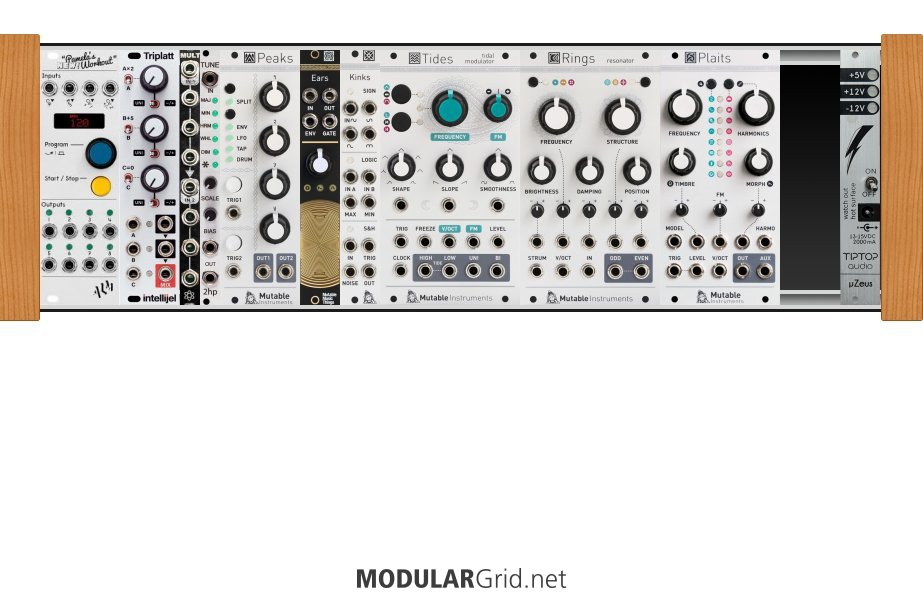The analog computers I have are Systron-Donner 3300s...they were intended as a teaching machine, to demonstrate the principles of analog computing in a student lab situation. And like a lot of earlier analog computers, especially the very ancient vacuum tube ones, they operate in a +/- 100 volt scheme. It wasn't until near the end of the widespread use of these machines that +/- 10 volts was finally implemented, but one of the last makers of these machines, Comdyna, even marketed an analog computer (about 15-20 years ago) designed for synthesizer applications. Damn shame it came out when it did, because back then Dieter Doepfer had just began the whole Eurorack thing, Roger Arrick was just getting the Dotcom thing going, and so on. Had Comdyna lasted until the present, they'd likely be selling those units at a nice pace!
But because the Systron-Donners I have use the higher voltages, I'm going to have them modified with some 3.5mm outputs that also have hardwired attenuation to pull the voltage down to the more useful +/- 10v, and I might also have some attenuators added to allow me to scale that down even further as needed. It's also going to be necessary to add some circuitry that will allow some common LFO-type behavior, such as CV control over the clocking, a reset gate input, and the like. But the idea is to keep the internal hardware fairly original, which means those removable program panels will have big red letters at the top to remind me "DO NOT PATCH OUT! 100 VOLTS!" so that I don't make some random, dumbass mistake and patch from that to something that can't handle it.
There are larger (MUCH larger) systems out there, but when you start looking at their power draws, you realize pretty quickly that they won't work nicely being just plugged into yr.basic wall outlet. And ten opamps isn't too shabby...considering that you can patch these up in a massive amount of possible configurations, and control/balance them all sorts of ways. The closest parallel I can think of would be if you had several Maths, but they were bristling with patchpoints that allowed you to totally reconfigure every sort of parameter's signal path. That's actually the big difference here; you simply can't have that level of configurability in Eurorack without the control panel looking like Swiss cheese from all of the jacks, and even if you did, it would create such a level of confusion in users that they'd likely give up on synths altogether and take up the ocarina or some such.


